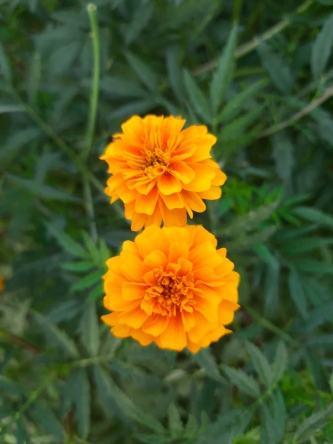RAIPUR: In a significant development, the Raman government in Chhattisgarh has directed to the world’s renowned humanitarian organization-The International Committee of the Red Cross (ICRC) – to suspend all its operations in the Naxalite affected Bijapur district where it was providing assistance to violence-hit people in improvised tribal Bastar region for the last two and a half years.
“We had issued an order two days ago, asking ICRC to suspend all its operations in the region. This was done after issuing a formal show cause notice to the international organization”, Bijapur district collector Mohammad Qaiser Abdul Haque told TOI over telephone.
The state government’s decision to ask the ICRC to stop its activities comes despite chief minister Raman Singh’s declared position that his government would welcome all organizations which were ready to work for peace and help out with education, health, shelter and basic facilities in the region. When ICRC had expressed its willingness to work in Bastar in 2008, Singh had maintained that with the kind of resources and expertise ICRC has at its command, its presence will benefit the poor tribals of the region where a huge population is suffering because of the conflict.
Elaborating on the reasons, Bijapur district collector said “ICRC is yet to enter into a memorandum of understanding (MOU) with the state government for working in the region. Besides, there are some diplomatic issues pertaining to the government of India”.
When contacted, IRCRC spokesman in India Marek Resich told TOI over telephone that “Currently, ICRC stopped its activities in Bijapur and seeking clarifications from the state and the union government”. He confirmed that ICRC had received a letter from Bijapur district administration, intimating to stop its activities.
Meanwhile, state government sources claimed that “ICRC is an international organization which obviously needs certain clearances from the centre for carrying out their services in India”.
Then Geneva based organization began providing health care facilities in the remote Naxalite affected areas in Bairamgarh tehsil in Bijapur in 2010, running primary health centre and mobile clinic besides taking up hand pump rehabilitation programme to ensure that the tribal people in the region gets safe drinking water.
ICRC, which has the expertise to the service that nobody else can provide in a conflict zone, had been trying to have a long term agreement with the governments at the state and the centre so that they could stay for a longer period and provide all humanitarian assistance such as medical help to the needy, shelter, relief and rehabilitation of all those affected in the troubled region.
Tribal Bastar region is one of the country most backward regions, affected by Naxalite violence for nearly three decades. More than 1500 people were killed while hundreds of others were maimed in the conflict. A vast area of Bastar region, which is bigger than Kerala in geographical area, still continues to remain backward where basic amenities such as health care, drinking water, education are abysmally low.
Claiming to be fighting for the rights of tribes, Maoists have been unleashing large scale violence in Bastar region for the last several years, adversely affecting development activities in the region.

